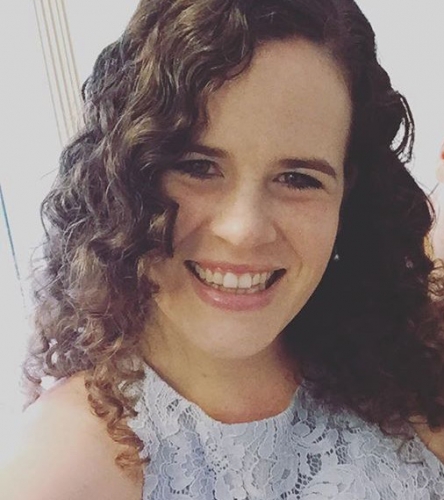Endometriosis is a chronic, often debilitating condition affecting around
one in seven Australian women by the age of 44 to 49. Tissue similar to the inner lining of the uterus grows outside the uterus, affecting the ovaries, fallopian tubes and the tissue lining the pelvis, causing pelvic pain and fertility issues. While pelvic floor physiotherapy has long been a go-to for addressing pelvic pain, modern interventions have expanded to offer more help to those suffering from this condition, helping women manage symptoms and improve quality of life. We explore physiotherapy interventions for women with endometriosis beyond just the pelvic floor.
Endometriosis pain is far more than just discomfort during menstruation. For many women, the pain can become persistent, getting worse over time. It can develop into a condition referred to as
Endometriosis-Associated Pain (EAP) Syndrome. This is defined by the
European Association of Urology Guidelines for Chronic Pelvic Pain as ‘persistent or recurrent pelvic pain in patients with laparoscopically confirmed endometriosis, and the term is used when the symptoms persist despite adequate endometriosis treatment’. In EAP, pain is no longer directly tied to tissue damage. Instead, the nervous system remains alert, meaning even normal sensations like touch or movement can trigger pain. This is why many women experience ongoing pain long after their endometriosis has been medically or surgically addressed.
Subscribe for FREE to the HealthTimes magazine
Common symptoms include:
-
Painful periods.
-
Pain with intercourse.
-
Pain with bowel movements or urination.
-
Excessive bleeding.
-
Infertility.
-
Other: fatigue, diarrhea, constipation, bloating or nausea.
While pelvic floor therapy is a valuable part of treatment for endometriosis, it is just one piece of a much larger puzzle. Here’s a breakdown of the
key interventions used:
-
Pain Neuroscience Education (PNE): Education is power, especially when it comes to understanding pain. PNE helps women understand how chronic pain works in the body and brain, reducing fear.
-
Breathing Techniques & Relaxation Strategies: Chronic pain often keeps the body in “fight or flight” mode, leading to shallow breathing and muscle tension. Physiotherapists guide patients through breathing and relaxation strategies to calm the nervous system and relieve tension.
-
General Exercise & Conditioning: Exercise improves mood, reduces inflammation, supports immune function and helps desensitise the nervous system.
-
Yoga & Gentle Stretching: Certain poses can help release tight hips, hamstrings and abdominal muscles for those with endometriosis.
-
Hydrotherapy: Exercising in warm water provides resistance and eases joint and muscle pain, reduces stiffness and promotes relaxation.
-
Nerve & Connective Tissue Mobilisation: Endometriosis can sometimes cause nerves in the pelvic region to become restricted or irritated. Gentle mobilisation techniques help reduce nerve-related pain symptoms, like shooting or burning sensations.
Endometriosis is a complex condition that rarely benefits from a one-size-fits-all approach. Treatment often involves a multidisciplinary team, including gynaecologists, pain specialists, dietitians, psychologists and physiotherapists. Physiotherapists work closely with other healthcare providers to coordinate personalised care plans tailored to the individual’s symptoms, goals and daily challenges.
Multidisciplinary care also acknowledges the emotional impact of endometriosis. Chronic pain can affect sleep, relationships, work and body image. The
Australian Government’s National Action Play for Endometriosis highlights the need for early diagnosis, integrated services and improved access to allied health.
Education and self-management are also important when it comes to helping women take control of their pain and emotional well-being. When women understand their bodies, outcomes improve dramatically. Helping patients understand the nature of chronic pelvic pain, including concepts like central sensitisation, can reduce fear and frustration. This knowledge creates realistic expectations and encourages proactive involvement in care. Keeping a log of symptoms, triggers and flare-ups can help identify patterns and measure progress.
For women living with endometriosis, pain can impact every aspect of daily life, from work and relationships to mental health. While pelvic floor therapy is a valuable starting point, physiotherapy offers a far more comprehensive set of tools to support women in managing this complex condition. From pain neuroscience education and breathing techniques to exercise, hydrotherapy and manual therapy, physiotherapists address endometriosis's muscular, neurological and emotional aspects. More importantly, they empower women with knowledge and self-management tools that can lead to lasting change. With more awareness, education, and access to skilled physiotherapy care, Australian women with endometriosis can find new pathways to comfort, confidence and control.













